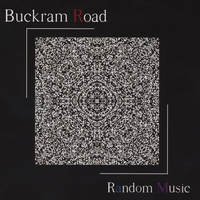 We've spoke previously about the need to have a "dynamic" rather than "static" structure in place with regard to the implementation of sustainable change.
We've spoke previously about the need to have a "dynamic" rather than "static" structure in place with regard to the implementation of sustainable change.We've also visited the idea of "recycling" in the context of keeping programs, organizations, information and ideas current.
Additionally, we've promoted the diversity of ideas as the key component in a health democracy.
These ideas are obviously related as are many of the ideas of "One Long Island." But One Long Island can also be seen as a "universal" concept, applicable to almost any community or region.
The new administration in Washington appears to want to utilize the prodigious web based organization it developed during the campaign to help keep folks informed, to exchange information and to promote volunteer activities in the various communities. Both are good ideas.
What is equally important, and what is the basis of One Long Island, is the ability of the citizens to govern themselves. If the new administration is going to assist the citizens in governing themselves for productive purposes then that is a good and worthwhile endeavor.
If however, the purpose is to allow the citizens to govern themselves only in certain ways and not others, then this is a non-productive approach.
The goal must be diversity. A dynamic diversity.
If the idea is to "plant the seeds" of collaborative self governance and to create many interlocking "micro-meta" environments, then this is a positive development.
Dynamic diversity, collaborative self governance, these are some of the principles that will lead to a national renewal. They may take a little longer to establish, but in the long run we'll all be better off for it.
More in Part II.











































No comments:
Post a Comment